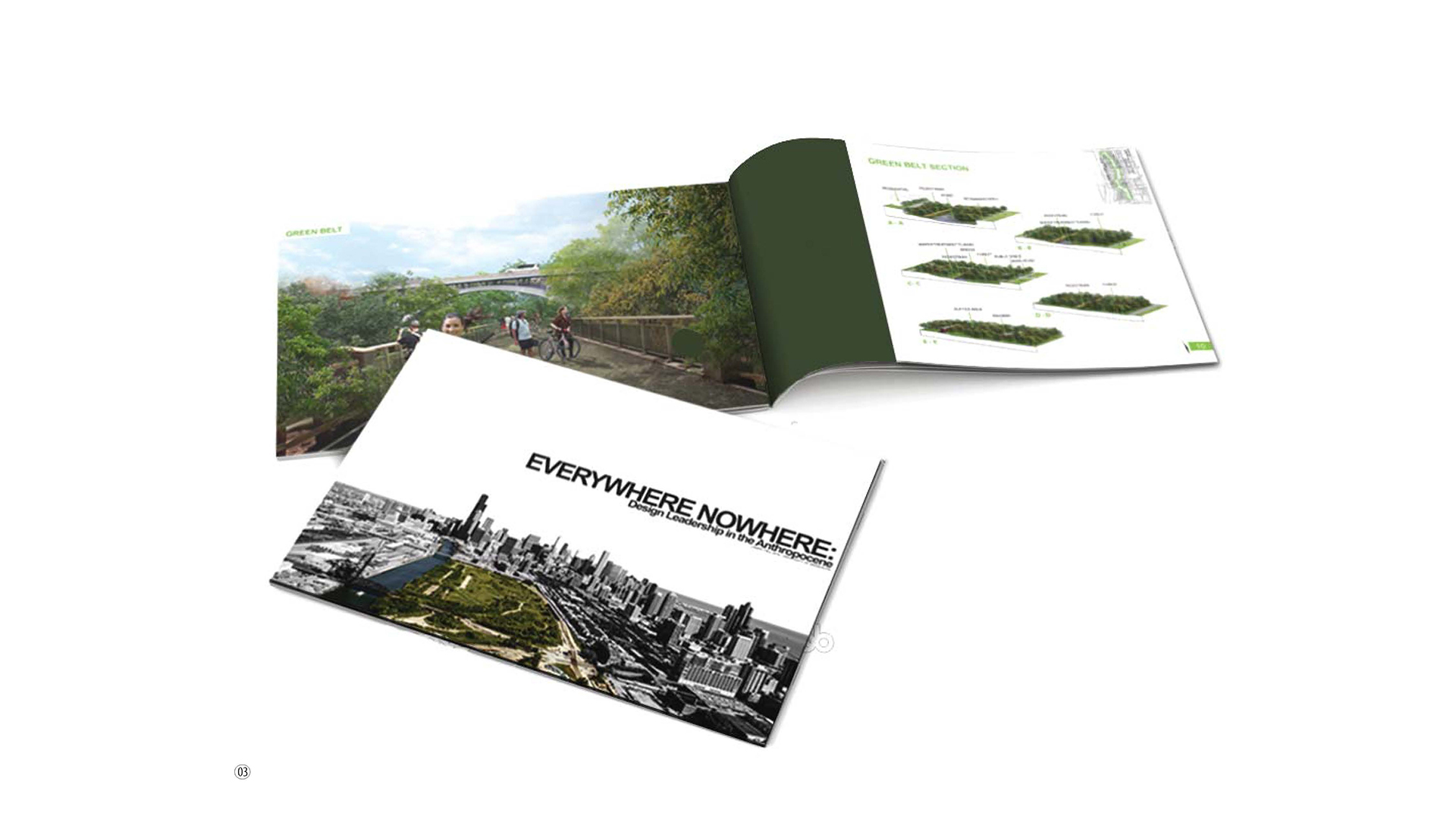
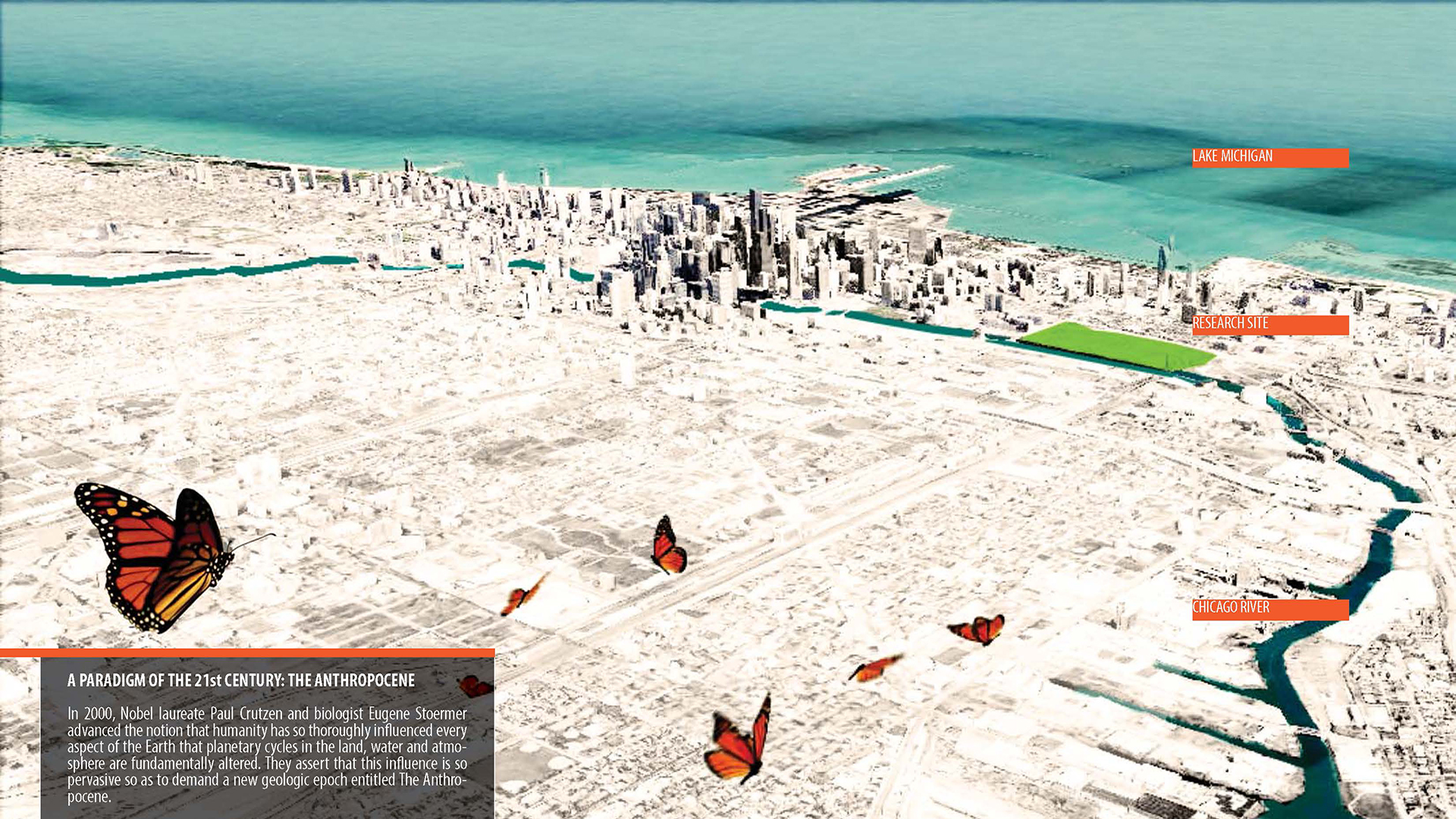
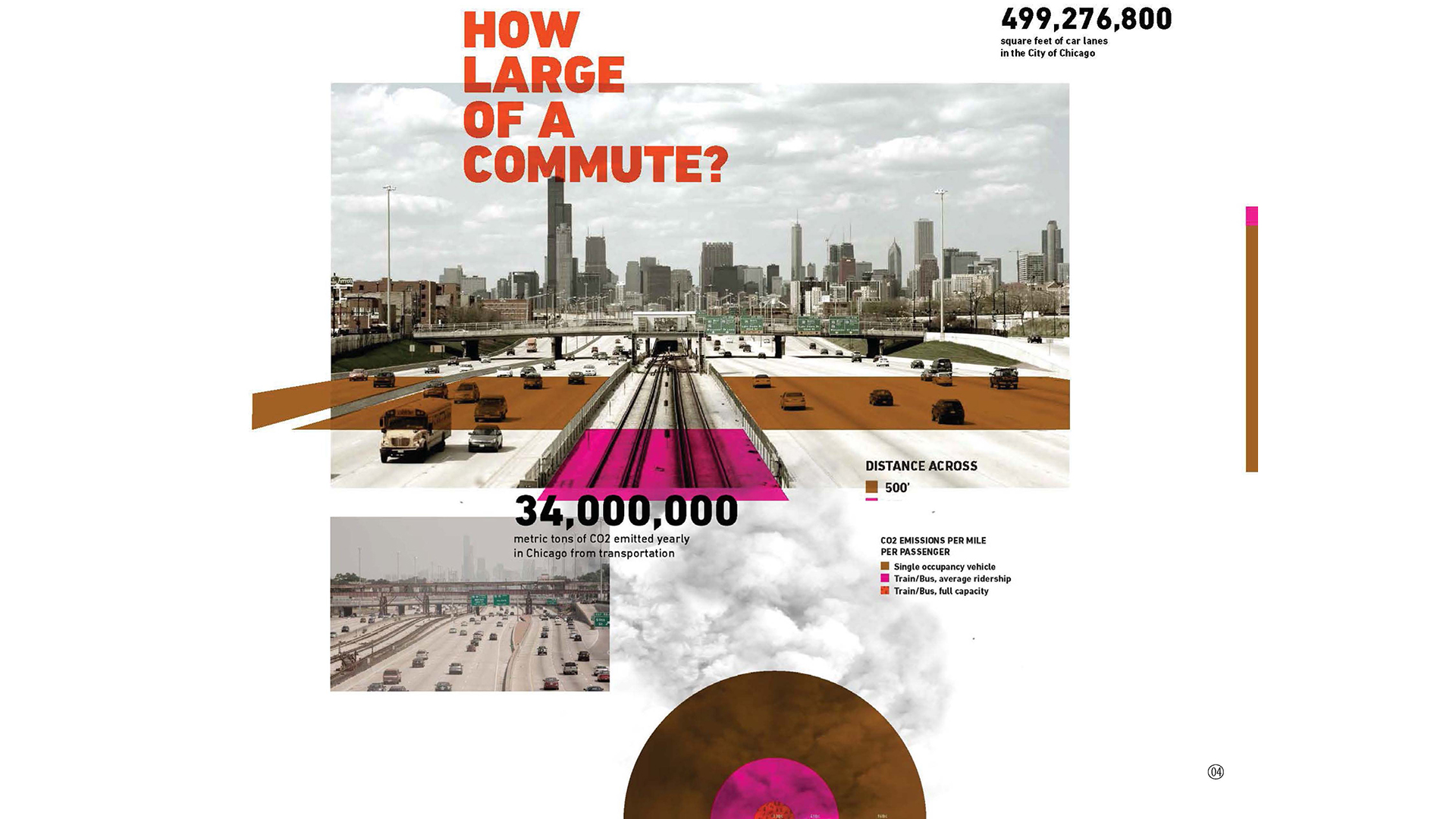

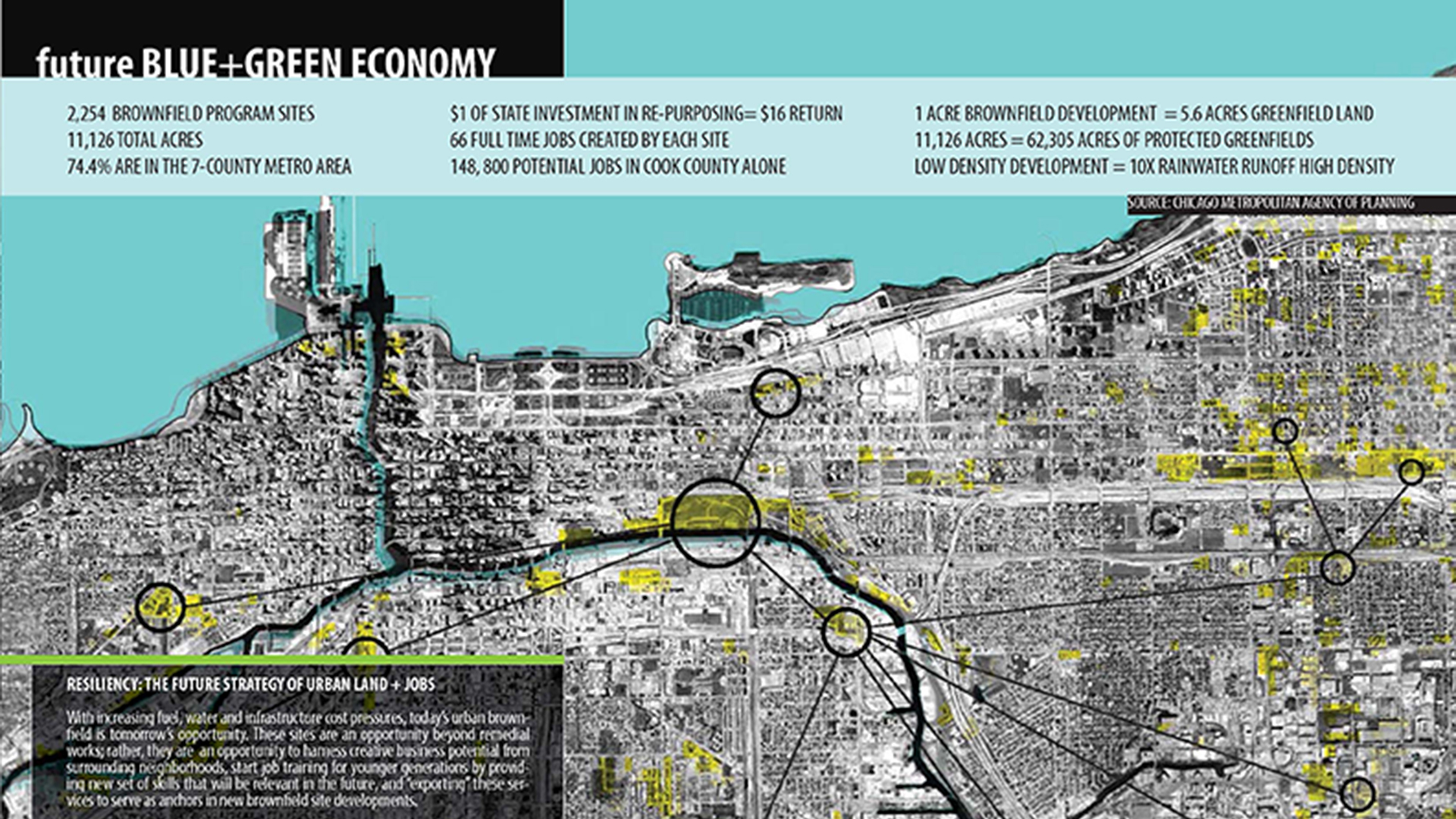
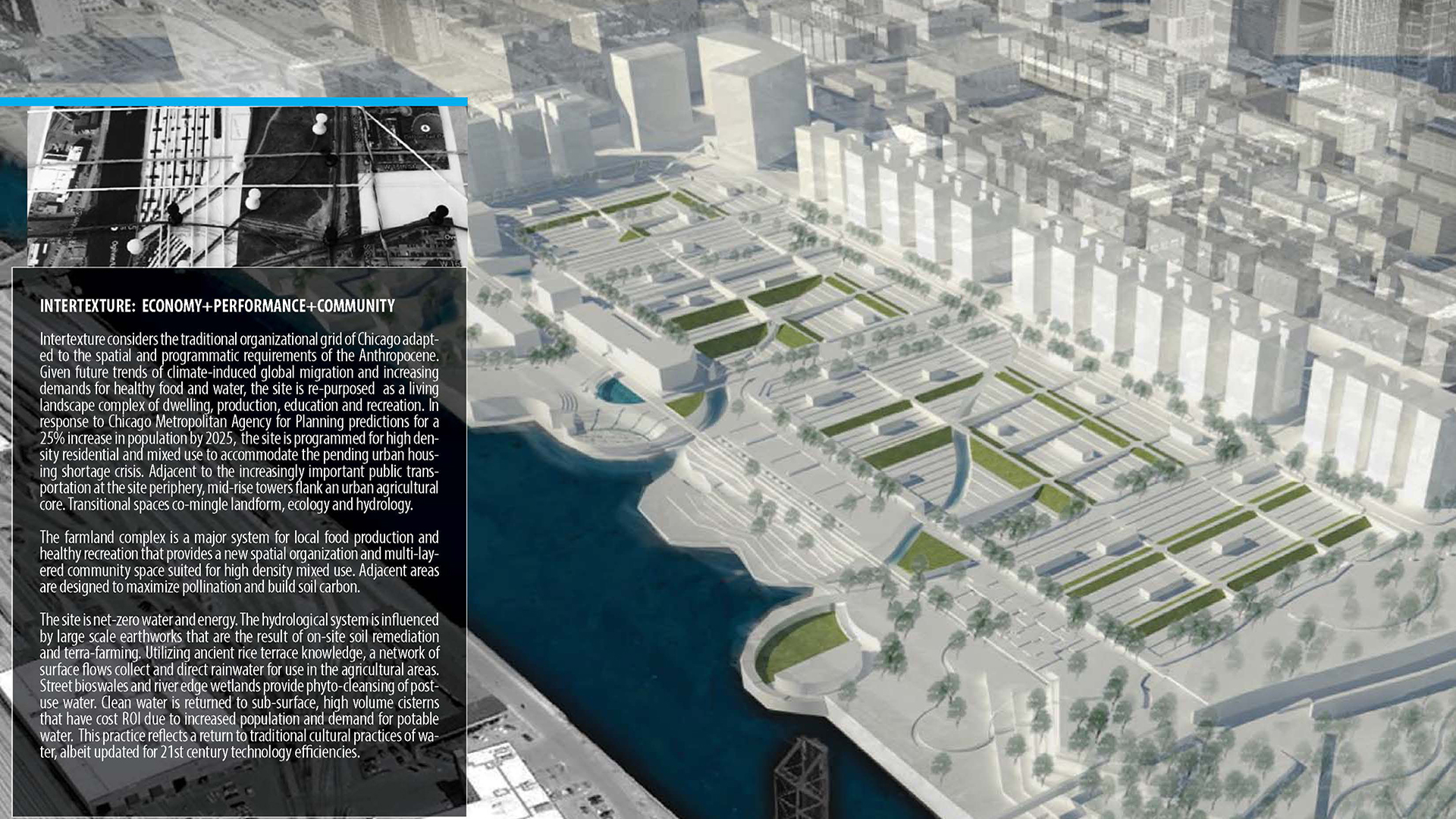
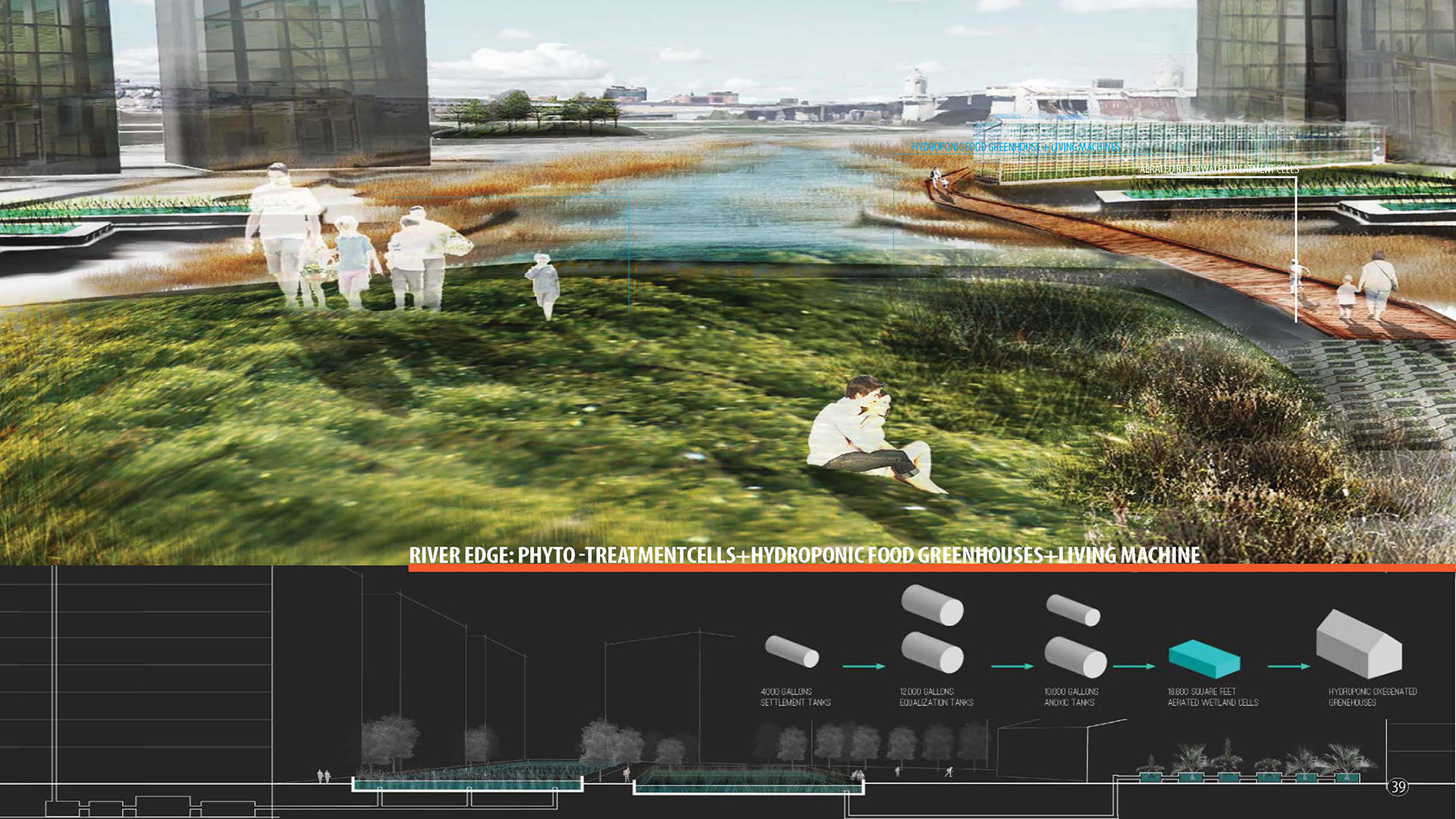

LA 336/438 BLUESPACE Milwaukee: 30th Street Corridor
University of Illinois, Urbana-Champaign. Fall 2005.
The GEO-1 Global State of the Environment Report (UNEP, 1997) substantiated the need for the world to embark on major structural changes and to pursue environmental and associated socioeconomic policies that promote environmentally sustainable development. Changes must embrace the use of alternative and renewable energy sources, cleaner and leaner production systems, and global action for the protection and conservation of the world’s finite and irreplaceable freshwater resources (Devuyst, 2001).
Such advances require a paradigm shift from the current policies of industrialized nations that continue to expand economies through wasteful consumption leading to increased world resource and energy consumption, burgeoning wastes and environmental contamination and degradation (UNEP, 1997). One example where a new paradigm is positioned to emerge is within the post-industrial cities of the Great Lakes “Rust Belt”m region (and other industrialized areas throughout the globe). These cities were once large population centers with thriving economies. Today in the post-industrial shadow of the 19th and 20th centuries, these cities have experienced the progressive erosion of once thriving industrial-based economies. This has resulted in a residue of land use as well as societal and economic dereliction. A particular phenomenon in the core of these cities is land use abandonment, contamination and a general sense of economic depression in the fringes of the industrial areas. Some see these areas as either romantic or sublime, post-industrial ‘ruins’ of the industrial age. Others view these areas as opportunities for revitalization. In response to these conditions, many cities are seeking to erase former land uses while others are turning to the possibilities of ‘green infrastructure’ to revalue and recondition and redevelop the urban landscape.
As the environmental, economic and land use paradigms of our society change, the central paradigms of the design professions must also change. Concurrent with this change, attitudes amongst designers, ecologists and theorists have begun to challenge entrenched idioms. These idioms include such positions as viewing the ecological continuum as static or tending towards a ‘climax’ condition, or a belief in the separation of nature and culture. Of particular interest, designers are beginning to challenge the static ecological condition (and the separation of nature and culture) embedded in the picturesque and the pastoral design idioms. In response, designers are seeking a deeper understanding of ecological processes and are beginning to formulate design strategies that embrace the temporal, dynamic conditions of ecological systems and are formulating a contemporary design language that transcends traditional aesthetic conventions. Inherent to the formation of an emerging design sensibility that embraces the temporal condition of urban and ecological systems, is the necessity for designers to expand the descriptive and analytical methods of design representation and communication. The combination of changing environmental, economic, and design/planning idioms- when placed in the context of a post-industrial urban landscape- offer a unique and rewarding set of research and practice challenges that can result in a new design paradigm.
The aim of this studio is to enter into a new design paradigm, one that embraces the goal of sustainability., We will focus on hydrology or water as our main design element, because hydrology or water is a conduit linking atmospheric, terrestrial, and aquatic ecosystems. It is the key element in many of our environmental problems including flooding, plant and animal production, and pollution. More specifically, this new paradigm focusing on hydrology will be used to develop a design that links hydrology, human use, aesthetics, and environmental sustainability.. The studio study area is located in the central portion of Milwaukee, Wisconsin and it contains a rich fabric of cultural, environmental and infrastructural networks representative of a 21st-century Great Lakes Rust Belt city.
Instructors:
Matthew Tucker, ASLA
Visiting Professor in Practice
David Kovasic, PhD
Associate Professor of Landscape Architecture and Natural Resources & Environmental Studies
Project Partner:
Carolynn Leamann, Milwaukee Economic Development Corporation